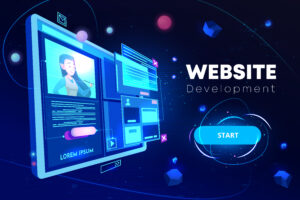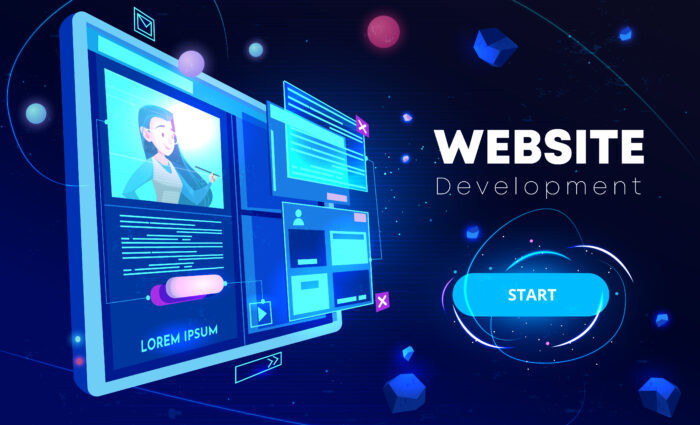
Web development is a fast-evolving field, and staying up-to-date with the latest trends is crucial for building modern, efficient, and engaging websites. As we enter 2025, several new technologies, frameworks, and user expectations are shaping the web development landscape. In this blog, we will explore the top web development trends that you should be aware of to stay ahead in the industry.
1. Artificial Intelligence (AI) and Machine Learning Integration ( google )
AI and machine learning are no longer just buzzwords; they are revolutionizing web development. By 2025, we can expect an even greater integration of AI in websites and web applications.
Key Benefits:
- Personalized User Experience: AI can analyze user behavior and preferences to offer personalized content, recommendations, and search results in Web Development.
- Chatbots and Virtual Assistants: AI-driven chatbots can handle customer service, answer FAQs, and guide users through websites 24/7.
- Content Creation and Automation: AI tools can assist with content creation, including generating blog posts, social media captions, and SEO-optimized content:
- AI Chatbots: Advanced chatbots like AI can handle complex customer interactions 24/7.
- Personalized Content: AI analyzes user behavior to display tailored recommendations and dynamic content.
- Automation: AI-driven tools simplify coding, testing, and debugging, reducing development time.
2. Voice Search Optimization
With the rise of voice-enabled devices such as smart speakers and virtual assistants, voice search is becoming increasingly important. Websites must be optimized for voice search in order to maintain visibility in search results for Web Development.
Key Benefits:
- Natural Language Processing (NLP): Voice searches tend to be more conversational, which means optimizing for long-tail keywords and phrases that users are likely to speak.
- Faster Queries: Voice search allows users to get answers more quickly, improving the overall user experience.
3. Progressive Web Apps (PWAs)
Progressive Web Apps combine the best features of both websites and mobile applications, offering a seamless user experience across devices. As mobile usage continues to dominate, PWAs are gaining significant traction in 2025.
Key Benefits:
- Offline Access: PWAs allow users to access content even without an internet connection.
- Improved Performance: PWAs load faster than traditional websites and provide a smoother experience.
- App-Like Experience: PWAs offer native app functionality such as push notifications and device integration without needing to install a dedicated app.
4. Server less Architecture
Server less computing allows developers to build and run applications without managing server infrastructure. This trend is expected to grow in 2025, as it reduces the complexity of managing servers and allows for more scalability and cost efficiency of Web.
Key Benefits:
- Cost Efficiency: With server less architecture, you only pay for the computing power you use, rather than maintaining a constant server.
- Scalability: Server less functions scale automatically based on demand, ensuring optimal performance during traffic spikes.
- Faster Development: Developers can focus on writing code rather than managing server configurations, resulting in faster Development cycles.
5. Sustainable Web Development ( unclemedia.in )
As sustainability becomes a global priority, web development is also adopting eco-friendly practices.
Strategies:
- Green Hosting: Use hosting providers powered by renewable energy.
- Optimized Code: Reduce energy consumption by optimizing code and assets.
- Efficient Design: Minimalist designs that require fewer resources to load.
6. Low-Code and No-Code Development
The demand for rapid development has fueled the growth of low-code and no-code platforms.
Benefits:
- Accessibility: Enables non-developers to build websites and apps.
- Speed: Speeds up development timelines significantly.
- Cost-Effectiveness: Reduces the need for extensive coding expertise.
7. Cybersecurity Prioritization
As cyber threats grow, robust website security is more critical than ever.
Key Trends:
- Zero Trust Architecture: Ensures that every request is authenticated, even within a trusted network.
- AI-Powered Threat Detection: AI identifies and mitigates potential vulnerabilities.
- SSL and HTTPS: Mandatory for secure communication and improved SEO rankings.




